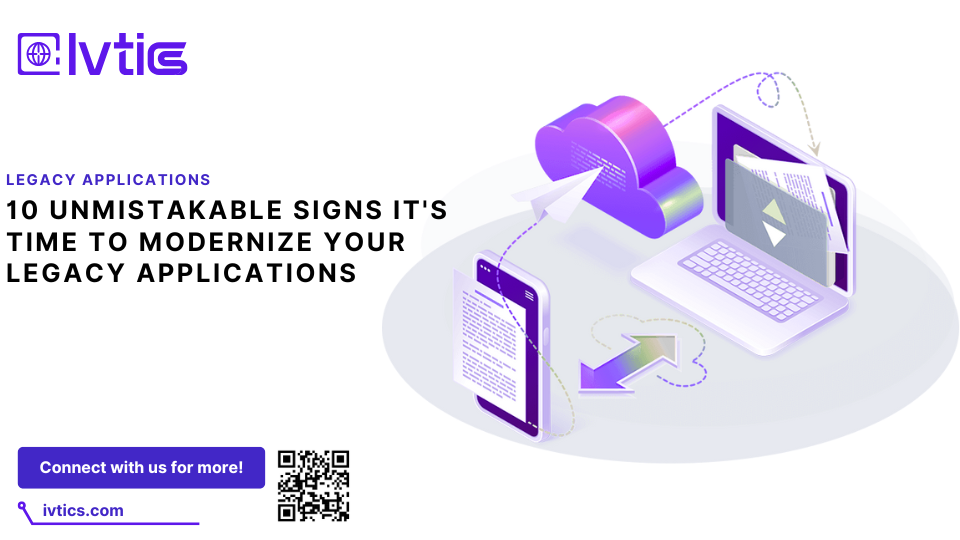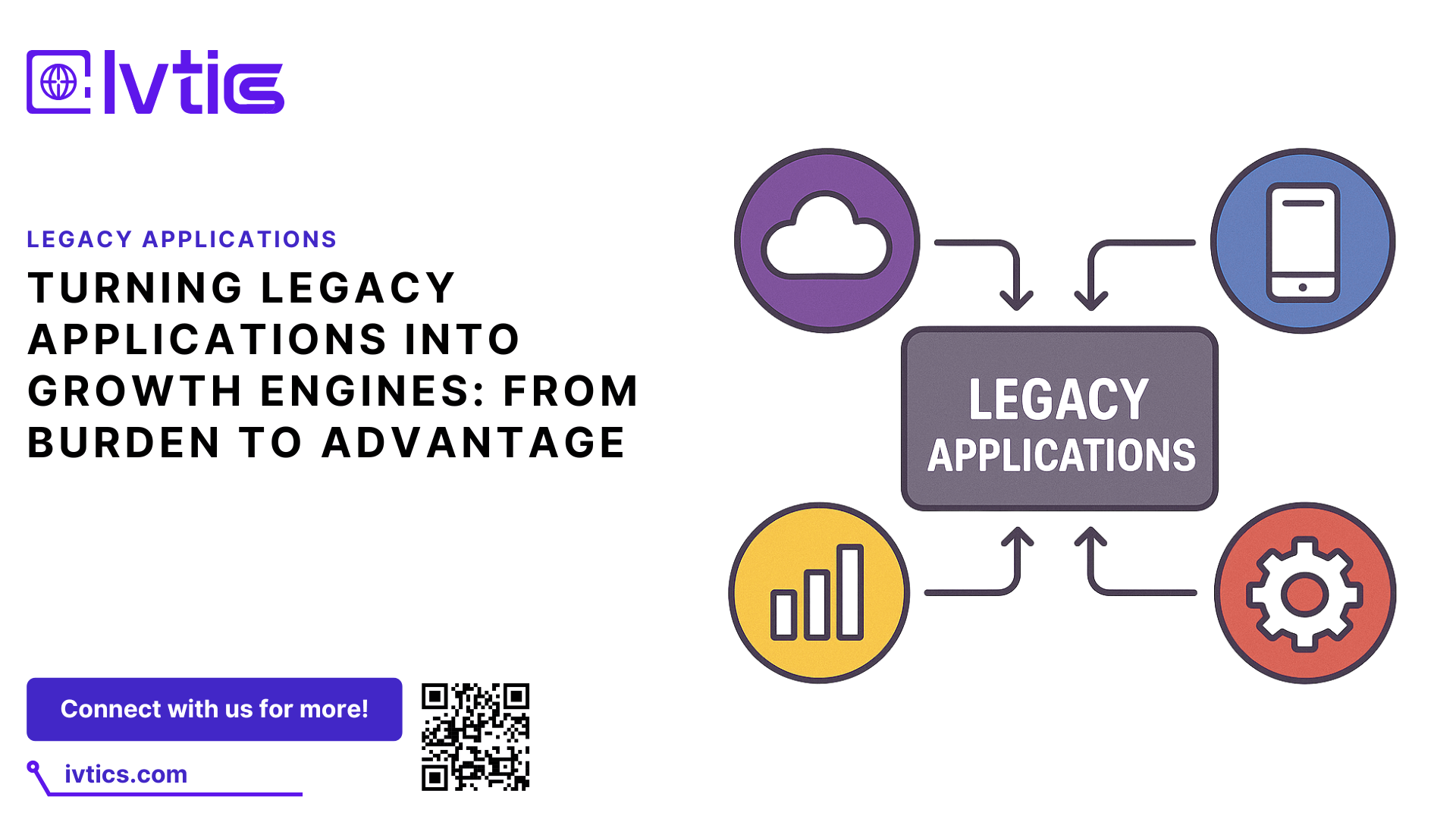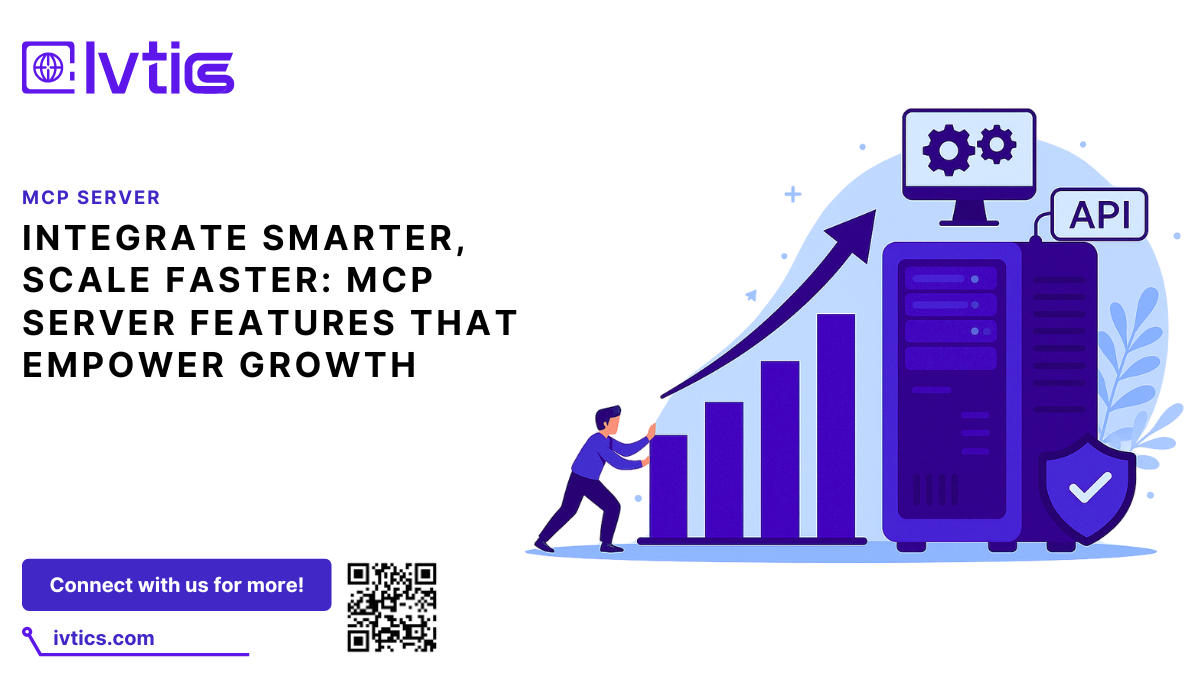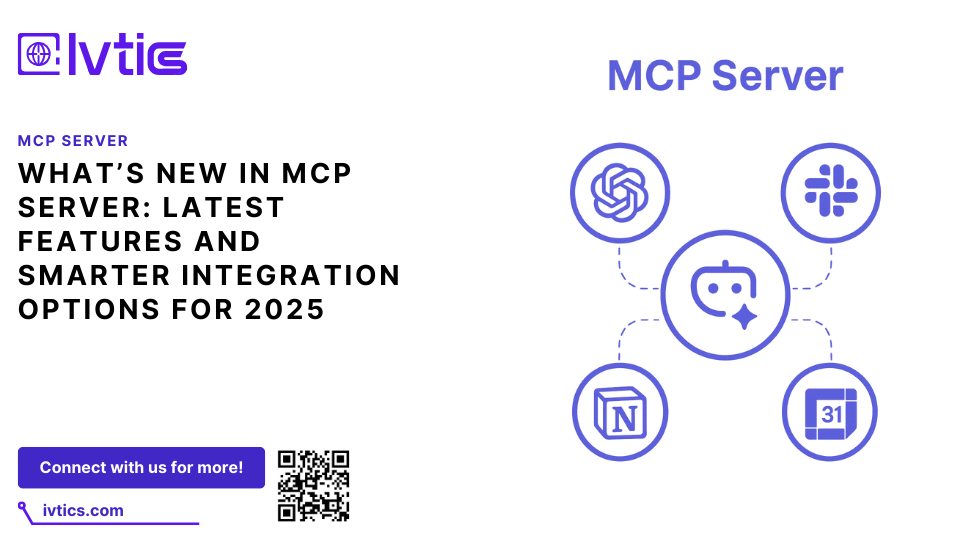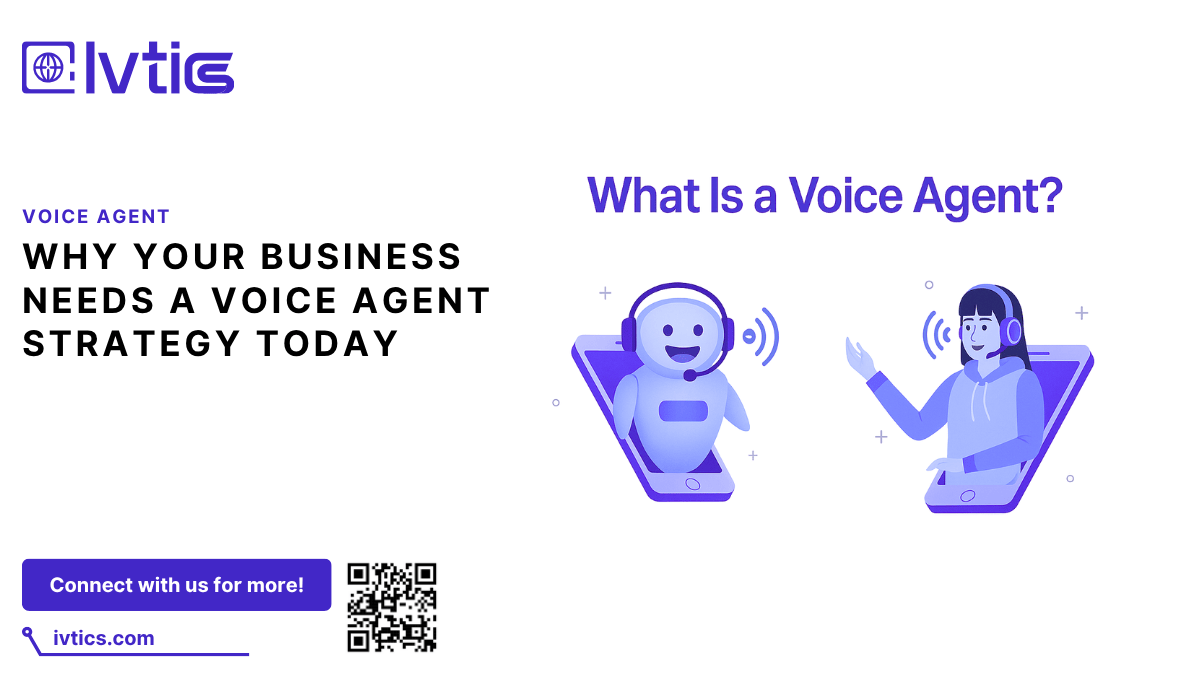Table of Contents
In the digital-first era, artificial intelligence (AI) has transcended its status as a futuristic buzzword to become a fundamental engine of business growth. Companies across every industry are leveraging AI to streamline operations, enhance customer experiences, and unlock unprecedented insights from data. However, for many business owners, the term “AI” can feel vast and intimidating. Where do you even begin?
The key is understanding that “AI” isn’t a single, monolithic technology. It’s a collection of diverse models, each designed to solve specific challenges. By familiarizing yourself with these core models, you can identify the perfect solutions to address your unique business needs and gain a powerful competitive advantage.
This guide will demystify the landscape by breaking down the six essential types of AI models that are ready to be deployed for your business.
Machine Learning (ML) Models: The Foundation of Intelligent Business
Think of Machine Learning as the bedrock of modern AI. At its core, an ML model is an algorithm that learns patterns from historical data without being explicitly programmed. The more data it processes, the smarter and more accurate it becomes at making predictions or decisions. This foundational capability is what powers many of the “smart” features we use every day.
How ML Boosts Your Business:
- Hyper-Personalization: ML algorithms are the driving force behind the recommendation engines on platforms like Netflix and Amazon. In your business, they can be used to analyze customer behavior and deliver personalized product suggestions, emails, and offers, dramatically increasing engagement and sales.
- Enhanced Security: From filtering spam out of your inbox to detecting fraudulent credit card transactions, ML models are incredibly effective at identifying anomalies and protecting your business assets in real-time.
- Dynamic Pricing: Airlines and ride-sharing apps use ML to adjust prices based on demand, time of day, and competition. Retail and e-commerce businesses can adopt similar strategies to optimize pricing, maximize revenue, and manage inventory effectively.
Deep Learning Models: Unlocking Complexity and Depth
If Machine Learning is the foundation, Deep Learning is the skyscraper built upon it. As a sophisticated subset of ML, deep learning utilizes multi-layered neural networks—inspired by the human brain—to analyze data in far greater detail. This enables it to tackle highly complex patterns in massive datasets, such as images, sounds, and unstructured text.
Real-World Business Applications:
- Advanced Customer Insights: Deep learning can analyze customer service calls, emails, and social media comments to determine sentiment, identify emerging issues, and provide a nuanced understanding of customer satisfaction.
- Sophisticated Fraud Detection: While standard ML is great for finding known fraud patterns, deep learning excels at identifying new, complex, and evolving fraudulent activities that might otherwise go unnoticed.
- Process Automation: In manufacturing, deep learning models can analyze sensor data from machinery to predict when maintenance will be needed, preventing costly downtime.
Natural Language Processing (NLP): The Voice of Your Business
Natural Language Processing (NLP) is the branch of AI that bridges the gap between human language and computer understanding. NLP models can read, interpret, understand, and even generate human language, making them invaluable for communication and data analysis.
How NLP Can Transform Operations:
- 24/7 Customer Service: NLP-powered chatbots and virtual assistants can handle a high volume of customer inquiries instantly, at any time of day. Human agents are freed up to focus on interactions with high value and complexity.
- Market Intelligence: By analyzing millions of online reviews, news articles, and social media posts, NLP models can provide you with a comprehensive overview of your brand’s reputation and prevailing market trends.
- Data Extraction: Automatically scan legal documents, invoices, or resumes to extract key information, saving countless hours of manual data entry and reducing human error.
Computer Vision: Giving Your Business the Power of Sight
Just as NLP allows computers to understand language, Computer Vision gives them the ability to “see” and interpret the world through images and videos. This technology analyzes visual data to identify objects, people, and patterns with remarkable accuracy.
Practical Implementations for Growth:
- Retail Analytics: Use cameras to analyze in-store foot traffic, track which displays get the most attention, and automatically monitor shelves to know when products need restocking.
- Manufacturing Quality Control: A computer vision system can inspect products on a production line with greater speed and accuracy than the human eye, instantly flagging defects and ensuring superior quality.
- Safety and Security: Monitor a worksite for safety compliance, such as ensuring employees are wearing hard hats, or secure a facility by using facial recognition for access control.
Predictive Models: Forecasting the Future with Confidence
Predictive modeling, also known as predictive analytics, uses a combination of historical data and ML techniques to forecast future events. For any business leader, the ability to anticipate what’s next is a strategic superpower.
Strategic Advantages of Predictive Analytics:
- Demand Forecasting: Accurately predict future product demand to optimize inventory levels, prevent stockouts, and streamline your supply chain.
- Customer Churn Prediction: Identify customers who are at high risk of leaving your service. This allows you to intervene proactively with targeted offers or support to retain their business.
- Risk Management: In finance and insurance, predictive models are used to assess credit risk, calculate insurance premiums, and predict market fluctuations.
Hybrid Models: Amplifying AI Capabilities
The true power of AI is often unlocked when different models are combined to create a more robust, multi-faceted solution. A hybrid model integrates two or more AI types to solve a problem that a single model cannot tackle effectively on its own.
Why Hybrid Models Offer a Competitive Edge:
Imagine a retail app that uses Computer Vision to let you take a picture of an item you like. An NLP model then analyzes your spoken query, like “Find me a similar jacket for under $100.” The system combines both visual and linguistic data to provide a highly accurate and relevant result. This synergy creates novel, powerful applications that set your business apart.
Take the Next Step into an AI-Powered Future
The journey into artificial intelligence doesn’t have to be overwhelming. By understanding these six essential AI models, you can start to identify the specific opportunities within your business where technology can drive the most impact. Begin by pinpointing a key challenge—whether it’s managing inventory, improving customer service, or forecasting sales—and explore which model is the best fit.
Ready to unlock your business’s true potential? Contact our AI solutions experts today for a personalized consultation and discover how you can implement these powerful models to drive efficiency, innovation, and growth.
Insights
Related Blogs
Explore the latest insights in Development, Software, and
Technology. Stay ahead with our expert tips and industry trends.

